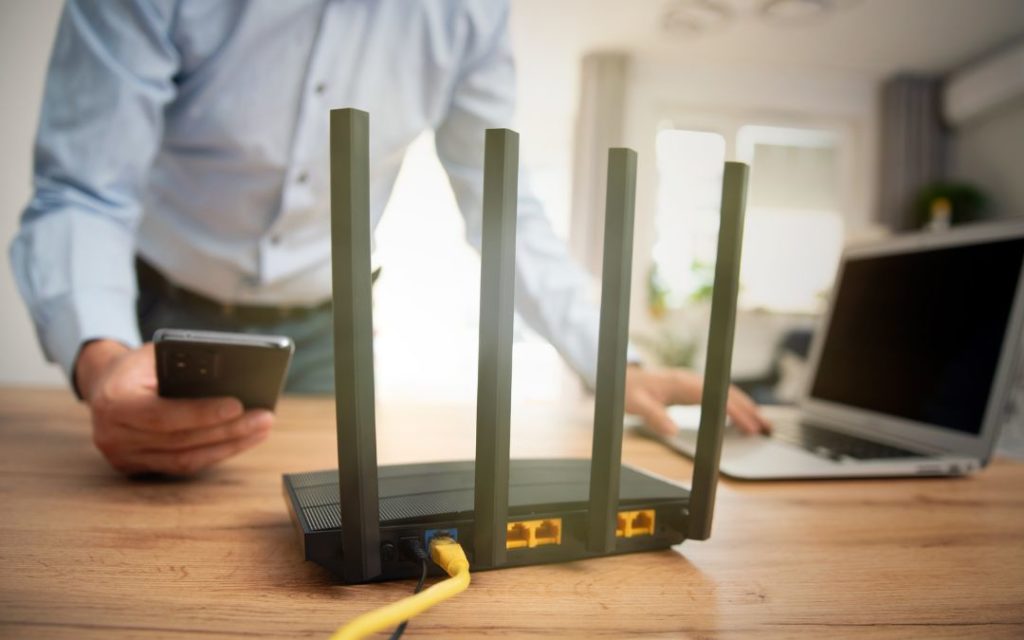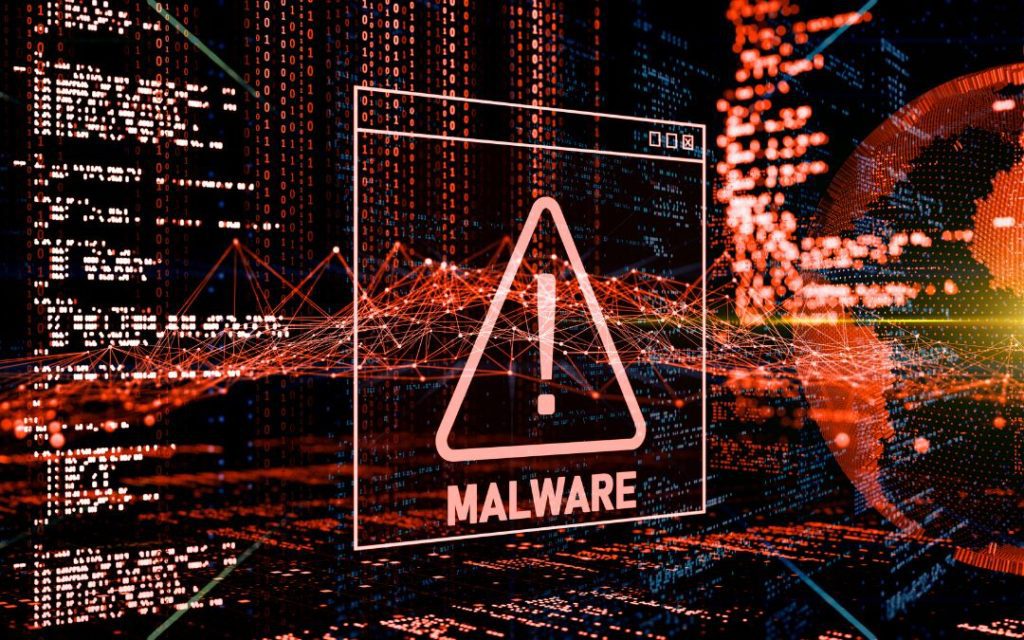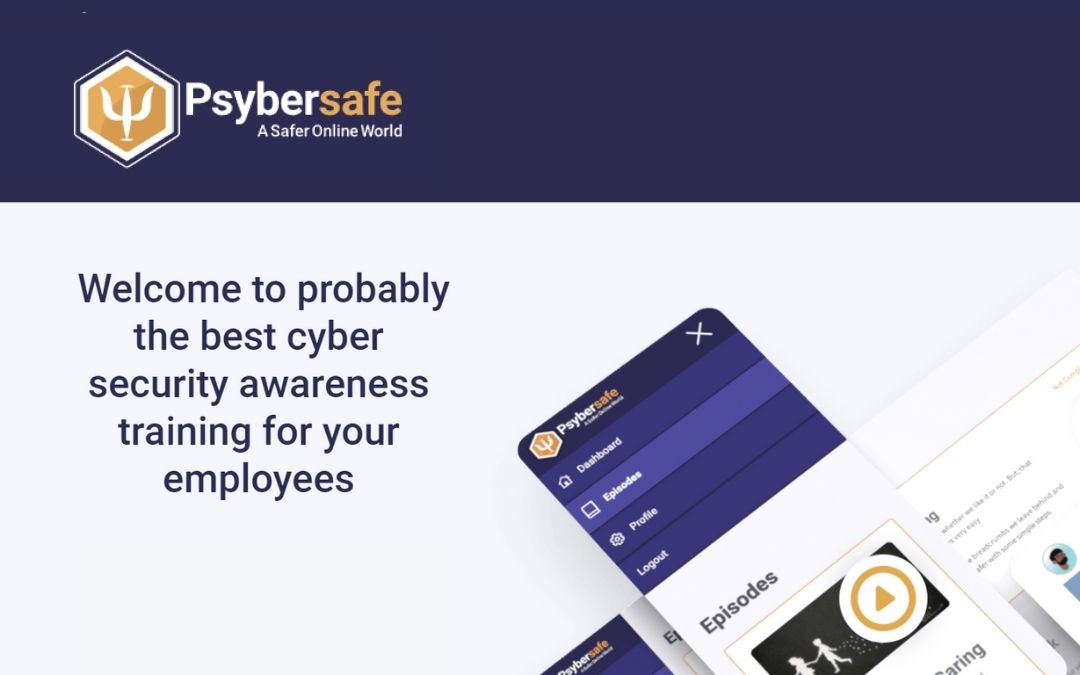
As the landscape of work has transformed, so too have the security challenges faced by organisations. The shift towards remote work, accelerated by recent global events, has unveiled a new spectrum of IT security threats that exploit the vulnerabilities of remote working environments.

According to a 2023 survey by CyberEdge Group, 85% of organisations reported experiencing a cyberattack, with a significant increase in attacks targeting remote workers. This uptick underscores the critical need for robust security measures to safeguard remote operations.
In this article, we’ll explore common remote-working IT security threats and outline strategies to mitigate these risks, ensuring the safety and integrity of remote workspaces.
Remote-working IT Security Threats
The rapid shift to remote work has introduced a broad spectrum of IT security threats, each with its unique challenges and implications for businesses. Here, we delve deeper into these threats, offering a comprehensive understanding and actionable strategies to mitigate risks.
1. Phishing Scams and Social Engineering Attacks
Threat and Impact:
Phishing scams and social engineering attacks are designed to deceive employees into revealing sensitive information or granting access to secure systems. These attacks have evolved, with cybercriminals employing sophisticated tactics like spear-phishing, where targeted messages are sent to specific individuals, and whaling, aimed at high-profile executives. The impact can be devastating, ranging from financial fraud to significant data breaches.
While these threats are, of course, not limited to remote working, they are more vulnerable here- for example, a colleague asking for a substantial deposit is much safer to classify in-person than over potentially-compromised emails.
Strategies for Prevention:
- Comprehensive Security Training: Implement ongoing security awareness programs to educate employees about the latest phishing techniques and preventive measures.
- Simulated Phishing Exercises: Conduct regular simulated phishing campaigns to test employee awareness and readiness.
- Advanced Threat Detection: Deploy advanced threat detection and response systems that use AI and machine learning to identify and neutralise sophisticated phishing attempts.

2. Insecure Home Networks and Wi-Fi Eavesdropping
Threat and Impact:
Remote workers often connect to corporate networks via less secure home Wi-Fi systems or public hotspots, exposing data to interception and eavesdropping. Attackers can exploit weak encryption and unsecured networks to gain unauthorised access to sensitive information.
Strategies for Prevention:
- Secure Wi-Fi Connections: Encourage employees to use secure, encrypted Wi-Fi connections for work-related activities, avoiding public or unsecured networks. Precautions should be taken even in instances such as flatshares where routers are shared.
- VPN Enforcement: Mandate the use of Virtual Private Networks (VPNs) for all connections to the corporate network, ensuring end-to-end encryption.
- Network Security Best Practices: Provide guidelines on setting up strong Wi-Fi passwords, using network firewalls, and segregating work-related traffic from personal internet usage.
3. Use of Personal Devices and BYOD Risks
Threat and Impact:
The convenience of using personal devices for work (BYOD) introduces significant security concerns. These devices may lack proper security measures, are prone to being lost or stolen, and can be infected with malware, risking corporate data exposure and system infiltration.
Strategies for Prevention:
- Strict BYOD Policies: Develop and enforce comprehensive BYOD policies that define acceptable use, security requirements, and employee responsibilities.
- Transition from Personal Devices to a Company-Owned policy: Our touchless support can help track, service and manage the deployment of devices. Software such as Asset Tiger offers cloud-based asset management services.
- Device Management and Encryption: Implement Mobile Device Management (MDM) or Mobile Application Management (MAM) solutions to secure, monitor, and manage work-related data on personal devices. Encourage or mandate device encryption.
- Regular Security Assessments: Periodically assess the security posture of personal devices used for work, ensuring compliance with corporate security standards.
4. Remote Desktop Protocol (RDP) Vulnerabilities
Threat and Impact:
RDP allows employees to access their work computers remotely, but it also presents a significant security risk if not properly secured. Cybercriminals exploit RDP vulnerabilities to launch brute-force attacks, gain unauthorised access, and deploy ransomware or other malicious software.
Strategies for Prevention:
- Secure RDP Access: Use strong, unique passwords and enable two-factor/multi-factor authentication for RDP sessions. Limit RDP access through VPNs and use network-level authentication.
- RDP Session Monitoring and Control: Monitor RDP sessions for unusual activity and implement account lockout policies after repeated failed login attempts.
- Patch Management: Ensure that all systems accessible via RDP are regularly updated with the latest security patches.
- Utilise Cloud-Based Solutions: Of course, “prevention is better than the cure”, so a move to more secure cloud-based solutions is also an option.

5. Malware and Ransomware Infections
Threat and Impact:
Malware and ransomware represent critical threats to remote workers, often delivered through malicious email attachments, compromised websites, or unsecured software downloads. Once infected, a device can become part of a botnet, have sensitive data encrypted for ransom, or be used as a gateway to infiltrate the broader corporate network. Ransomware attacks, in particular, have seen a dramatic rise, crippling organisations by encrypting critical data and demanding hefty ransoms for decryption keys.
Strategies for Prevention:
- Endpoint Protection: Deploy comprehensive endpoint security solutions that include antivirus, anti-malware, and ransomware protection with real-time scanning capabilities.
- Email Security Enhancements: Use advanced email security solutions that can filter out malicious attachments and links before they reach the end-user.
- Backup and Recovery Plans: Regularly backup critical data in secure, offsite locations. Ensure that backup systems are not accessible through the network to prevent them from being encrypted by ransomware.
6. Insider Threats and Accidental Data Exposure
Threats and Impact:
Insider threats, whether malicious or accidental, pose a significant risk in remote work environments. Employees may inadvertently expose sensitive data through unsecured cloud storage, misaddressed emails, or by falling victim to phishing scams. Malicious insiders may intentionally leak data for personal gain or to cause harm to the organisation. The shift to remote work can exacerbate these risks due to less oversight and the use of personal, often less secure, devices and networks.
Strategies for Prevention:
- Data Loss Prevention (DLP) Tools: Implement DLP solutions to monitor and control data transfers, preventing unauthorised access or sharing of sensitive information.
- Access Controls and Monitoring: Apply the principle of least privilege, ensuring employees have access only to the data and systems necessary for their roles. Use user and entity behaviour analytics (UEBA) to detect unusual access patterns or data movement.
- Security Culture and Training: Foster a strong security culture through regular training and awareness programs. Encourage employees to report suspicious activities and provide clear guidelines on handling sensitive data.
Final thoughts
As remote work continues to evolve, so too must the cybersecurity measures that protect it. By understanding the diversity of remote-working IT security threats and implementing a holistic security strategy, organisations can not only mitigate the associated risks but also create a more robust operational framework for the future.
Whether you’re looking to fortify your defences against sophisticated cyber threats or seeking to implement a comprehensive remote work security strategy, our team of experts is ready to assist. Contact us today for a consultation and discover how Operum Tech’s cybersecurity services can protect your organisation in the digital age, helping you build a resilient, secure, and efficient remote working environment.
Sign up below to join the Operum newsletter



